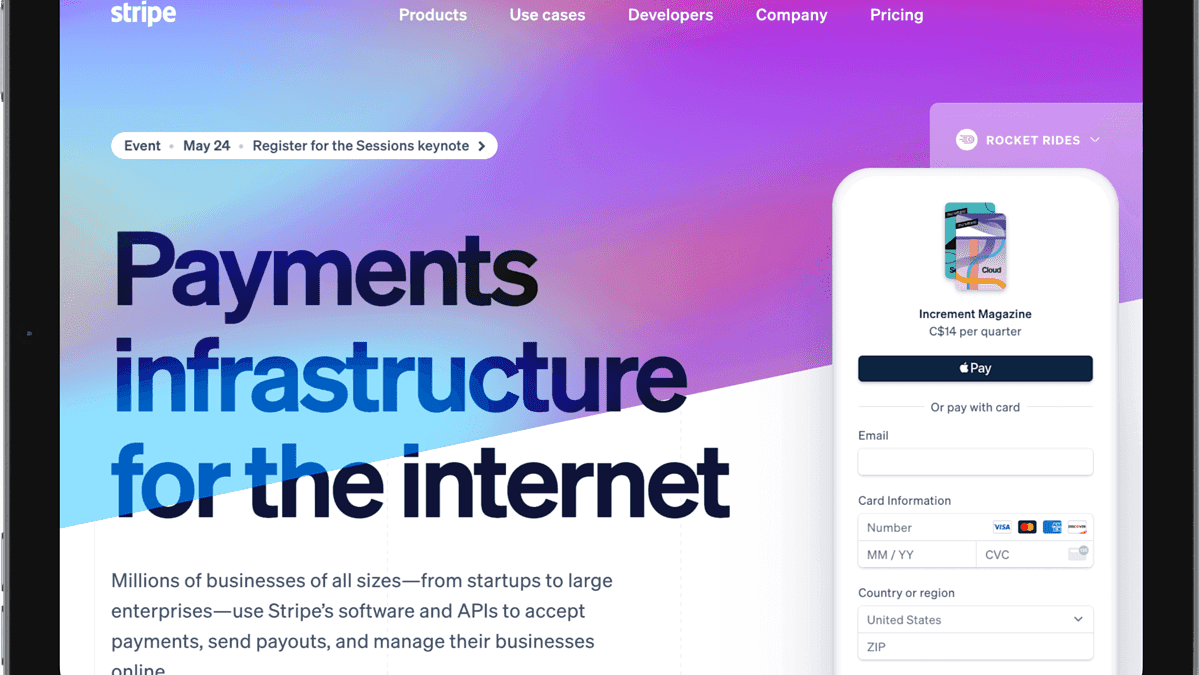In recent years, online learning has become an increasingly popular way to gain knowledge, skills, and certifications. However, one of the biggest challenges of online learning is keeping learners engaged and motivated throughout their learning journey. Without engagement, learners may lose interest, drop out, or fail to apply what they’ve learned.
Engagement refers to a learner’s level of involvement, interest, and attention in the learning process. It’s not just about keeping learners busy but about creating an environment that promotes deep learning and mastery. The benefits of engagement are numerous, including higher completion rates, better retention, increased satisfaction, and improved outcomes.
In this article, we’ll explore practical strategies for your online learning platform to create a more engaging online learning experience that meets the needs of your learners and drives better outcomes.
The Benefits of Increased Engagement
When learners are engaged in the learning process, they are more likely to succeed and achieve their learning goals. Here are some of the benefits of increased engagement in online learning:
- Higher completion rates: Engaged learners are more likely to complete their courses and programs, reducing dropout rates.
- Improved retention: Engaged learners retain more information, which leads to better long-term learning outcomes.
- Increased satisfaction: Engaged learners report higher levels of satisfaction with their learning experience, leading to higher overall program ratings.
- Improved outcomes: Engaged learners are more likely to apply what they’ve learned to their work or personal lives, resulting in better outcomes and a higher return on investment.
Understanding Your Audience: How to Tailor Your Platform to Meet Their Needs
One of the most critical factors in creating an engaging online learning platform is understanding your audience. Knowing who your learners are, what their needs are, and how they prefer to learn is essential to creating a platform that meets their needs and engages them throughout their learning journey.
Identifying your target audience
The first step in understanding your audience is identifying who they are. Are they professionals seeking to advance their careers? Students seeking to complete academic coursework? Lifelong learners seeking to gain new knowledge or skills? Once you have a clear understanding of your target audience, you can begin to tailor your platform to meet their specific needs.
Analyzing their needs and preferences
Once you have identified your target audience, it’s essential to analyze their needs and preferences. What do they hope to gain from your platform? What types of content do they prefer? Do they prefer to learn independently or collaboratively? Do they prefer a structured or self-paced learning environment? By understanding your audience’s needs and preferences, you can create a platform that meets their needs and engages them in the learning process.
Creating a user-centric platform
Based on your analysis of your audience’s needs and preferences, you can create a user-centric platform that is tailored to their needs. This may involve creating a variety of content types, such as videos, interactive quizzes, or downloadable resources, to cater to different learning styles. It may also involve creating a platform that is easy to navigate, with clear instructions and intuitive design.
By creating a platform that is user-centric, you can engage your learners and create a positive learning experience. If you want your learning platform to be a success, all-in-one tools like AccessAlly are invaluable.
Creating a Sense of Community: Building Relationships Among Learners
A sense of community is vital in online learning because it creates a supportive environment where learners can share ideas, ask questions, and provide feedback. Learners who feel connected to their peers and instructors are more likely to stay engaged, complete their courses, and achieve their learning goals.
Strategies for fostering community on your platform include:
- Encouraging interaction: Provide opportunities for learners to interact with each other, such as discussion forums, group projects, or peer reviews.
- Establishing social presence: Create a welcoming environment by introducing yourself, using a friendly tone, and responding promptly to learner inquiries. You can use social media moderation tools to help you with that task.
- Foster collaboration: Provide opportunities for learners to work together on projects, share resources, and provide feedback.
- Promoting inclusivity: Encourage learners from different backgrounds and experiences to share their perspectives and ideas.
- Using a dedicated community plugin: Using a dedicated community plugin like CommunityAlly or Peepso, you can nurture learner engagement and drive more revenue for your business.
Best practices for managing online communities include:
- Setting clear expectations: Establish guidelines for behavior, communication, and participation to create a safe and respectful learning environment.
- Moderating discussions: Monitor discussions and intervene as needed to ensure that they remain productive and respectful.
- Providing feedback: Provide regular feedback to learners to help them improve their skills and stay motivated.
The Benefits of Combining Courses and Resources
Offering bundled products is a strategy for increasing engagement and revenue on your online learning platform. Bundled products combine multiple courses, resources, or services into a single package, providing learners with a more comprehensive learning experience.
Bundled products combine multiple courses, resources, or services into a single package, providing learners with a more comprehensive learning experience.
Some benefits of offering bundled products include:
- Increased value: Bundled products provide learners with more value for their money, as they receive access to multiple resources for a lower price than purchasing them individually.
- Greater engagement: Bundled products can help learners stay engaged by providing a more comprehensive learning experience that covers a range of topics.
- Higher revenue: Offering bundled products can increase revenue by encouraging learners to purchase multiple products at once and by attracting new customers who are looking for a comprehensive learning solution.
Personalizing the Learning Experience
Personalizing the learning experience is a strategy for increasing engagement and motivation on your online learning platform. When learners feel that the content is relevant and tailored to their needs, they are more likely to stay engaged and motivated. Personalization can also help learners overcome the challenge of information overload and focus on the most important information.
Strategies for personalizing the learning experience include:
- Customizing content: Offer learners the ability to customize their learning experience by selecting the topics or resources that are most relevant to their needs.
- Providing recommendations: Use data and analytics to provide learners with personalized recommendations for courses, resources, or activities that are relevant to their interests or goals.
- Custom invoices: Provide learners with custom billing statements that reflect their individual learning goals and progress, which can help them stay motivated and engaged.
The benefits of personalizing the learning experience include:
- Increased engagement: Personalization can help learners stay engaged and motivated by providing them with content that is relevant to their needs and interests.
- Improved learning outcomes: Personalization can help learners overcome the challenge of information overload and focus on the most important information, which can improve learning outcomes.
- Enhanced user experience: Personalization can improve the overall user experience by providing learners with a more customized and relevant learning experience.
By customizing content, providing recommendations, and offering custom invoices, you can create a more engaging and personalized learning experience for your learners.
Enhancing Learning with Interactive Features: Gamification, Quizzes, and More


Interactive features are a powerful way to enhance the learning experience and increase engagement on your online learning platform. Interactive features can help learners stay engaged and motivated by providing them with opportunities to interact with the content, apply what they’ve learned, and receive immediate feedback.
Here are some of the ways that you can enhance learning with interactive features:
Gamification: Gamification involves adding game-like elements to the learning experience, such as points, badges, or leaderboards. Gamification can help learners stay engaged and motivated by providing them with a sense of achievement and progress.
Quizzes: Quizzes are a popular interactive feature that can help learners apply what they’ve learned and receive immediate feedback. Quizzes can also help learners assess their own learning and identify areas where they may need to review or practice.
Interactive videos: Interactive videos allow learners to interact with the content by answering questions, making choices, or navigating through different scenarios. Interactive video courses can help learners stay engaged and motivated by providing them with a more immersive and interactive learning experience.
Performance Metrics: How to Monitor and Analyze Engagement
Measuring engagement is essential for improving the effectiveness of your online learning platform. By monitoring and analyzing performance metrics, you can identify areas where learners may be disengaging or struggling and make adjustments to improve the learning experience. Here are some performance metrics that you can use to monitor and analyze engagement on your platform:
Completion rates: Completion rates measure the percentage of learners who complete a course or program. Low completion rates may indicate that learners are disengaging or struggling with the content.
Time spent: Time spent measures the amount of time learners spend on your platform or specific courses or resources. Low time spent may indicate that learners are disengaging or finding the content uninteresting.
Interactions: Interactions measure the number and type of interactions that learners have with the content, such as watching videos, completing quizzes, or participating in discussions. Low interactions may indicate that learners are disengaging or finding the content uninteresting.
Assessments: Assessments measure the performance of learners on quizzes, tests, or other assessments. Low scores may indicate that learners are struggling with the content or disengaging from the learning process.
Feedback: Feedback measures the quality and quantity of feedback that learners receive from instructors or peers. Low feedback may indicate that learners are disengaging or not receiving the support they need to succeed.
By using metrics such as completion rates, time spent, interactions, assessments, and feedback, you can identify areas where learners may be disengaging or struggling and make adjustments to improve the learning experience.
Conclusion
Creating an engaging and effective online learning platform requires a combination of strategies that cater to the needs of your learners. By understanding your audience, fostering a sense of community, offering bundled products, personalizing the learning experience, enhancing learning with interactive features, and monitoring performance metrics, you can create a platform that engages and motivates learners to achieve their learning goals.
Remember, engagement is an ongoing process that requires continuous evaluation, feedback, and improvement. By regularly assessing engagement, gathering feedback, and making adjustments to your platform, you can create an effective and engaging online learning experience that provides learners with the knowledge and skills they need to succeed.




